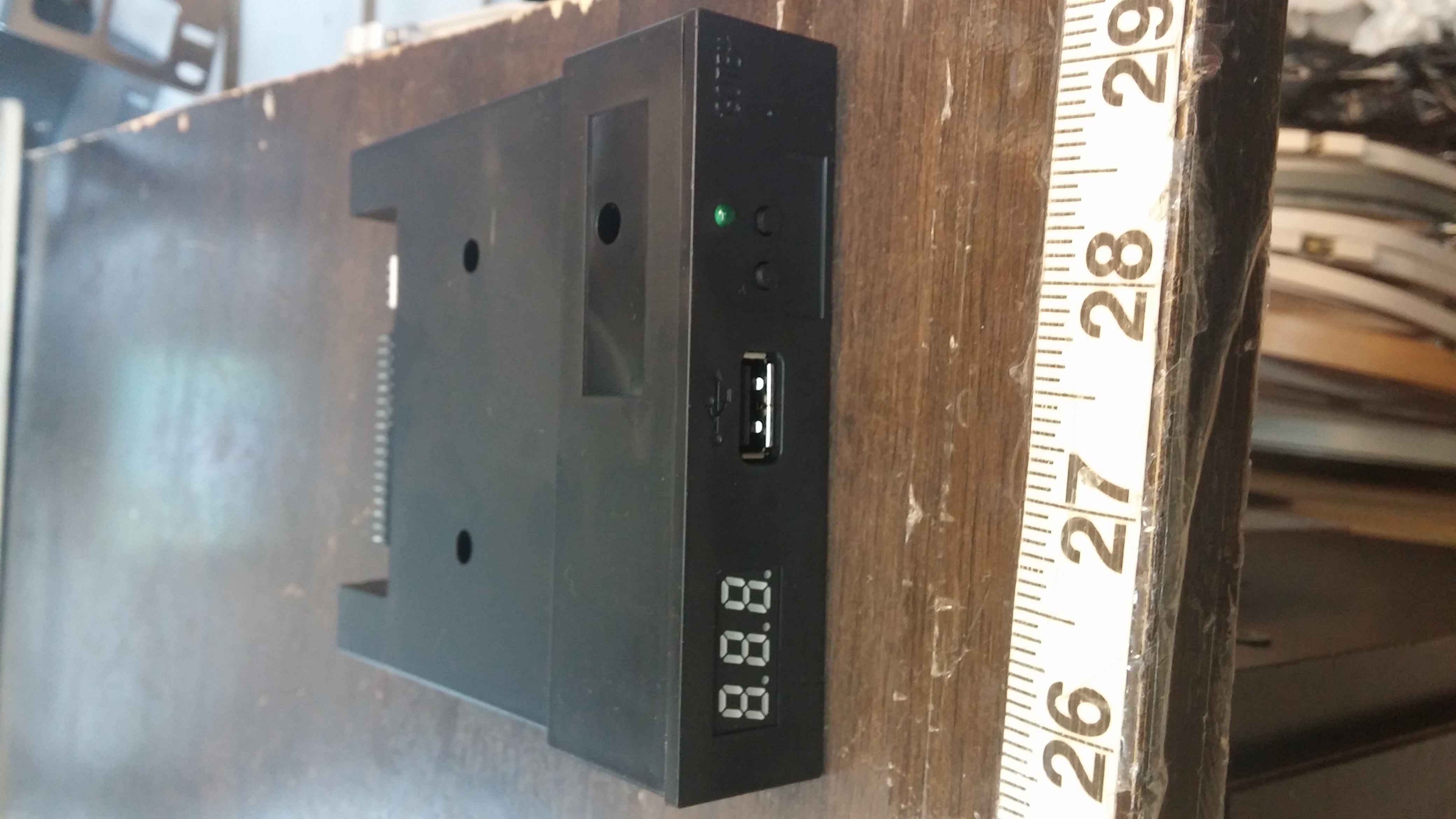

The hardest part is modding the A600’s case so the drive can fit in, areas to concentrate on sanding / cutting down include all the sticking up points by the drive slot (should be obvious) – if you need easy access to the buttons of the drive you will need to remove the side disk slot plastic from your Amiga A600. Updating is incredibly easy to do – just read the blog post by H.M and have a quick look at this chaps video on Youtube: A Dremel or other cutting tool (a penknife & pliers can do :P).

Some jumper leads, these are good: (1.50£).The Firmware replacement > see here (£Free).A USB -> Serial Converter > Like this one (about 1.50£).Quick note: This is a 100% free firmware replacement – please don’t pay idiotic amounts of money for pre-flashed usb drives that you could flash > and Like this one (about 15-20£) I know there are properties that may work, like checking if its mapped to the reserved drives A: or B (edit: only relevant if the machine definitely has a floppy drive - see MS-KB: How to change drive letter assignments in Windows XP), or looking at the description, but I'd really like something a bit more reliable.Popping a Hacked Gotek USB Floppy emulator in the Amiga A600 Again, I think this works quite well (if a little inefficient, using both the WDK API and WMI to get info ) in the case of internal floppy drives, but unfortunately USB Floppy drives are also hotpluggable a lot of the time, so there is no clear way to differentiate between flash and USB floppy drives, that I can see. flash), I'm using the IOCTL_STORAGE_GET_HOTPLUG_INFO interface to figure out if the device is hotpluggable, and was working on the principal that that meant it was a flash drive and not a floppy. This works quite well, except that floppy drives and USB flash drives are both of DriveType DRIVE_REMOVABLE, so to differentiate between those (floppy vs. On Windows (XP-7), is there a reliable way of programatically differentiating between USB floppy drives and USB flash drives in C++?Īt the moment, I'm using WMI to get updates when new Win32_LogicalDisk instances are detected, and then using the DriveType attribute of the LogicalDisk object to figure out a basic type.


 0 kommentar(er)
0 kommentar(er)
